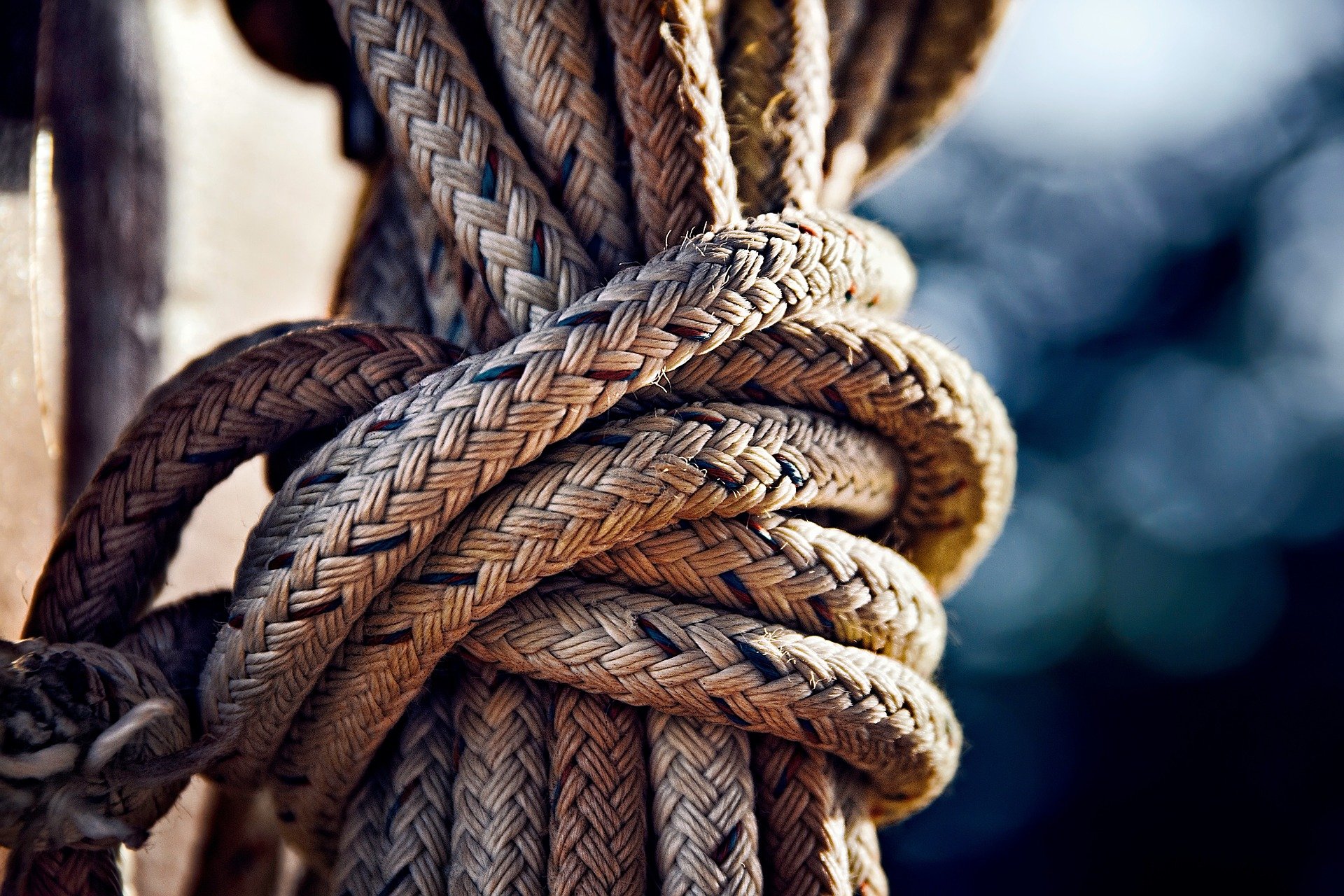Shawls In Spain in Spain
Country of the crafting: Spain
Region of the crafting: Andalucia
Town of the crafting: Sevilla
Type of the crafting: Textile
1. Geographic Area
In Aljarafe we can locate workshops in the following locations: San Juan de Aznalfarache, Castilleja de la Cuesta, Mairena del Aljarafe and Carrión de los Céspedes, Coria del Río, Villamanrique de la Condesa, Pilas, La Puebla del Río. Aljarafe is located in Sevilla.
2. Craft characteristics
This activity includes a wide variety of trades and products of very different utility and physiognomy: religious embroidery in gold or silver threads, on velvet, tissue, damask and silk, embroidery and lace on thread, flamenco dresses the openwork, fringes and trellis of the manila shawls, as well as the manila shawls themselves, are magnificent references of the prolific handmade textile production
3. The technique
We can distinguish between silk, crepe and rayon. Also depending on the color, embroidery, size and fringes. There are shawls with fringes by hand, made of silk, made of canutillo.Stresses the style of the cicadas, which is that of large roses; the Elizabethan style, put into fashion by Queen Elizabeth II, which are smaller flowers; and the Chinese style.
4. Used Materials
In reference to the technique s and ways of embracing the ornamental motifs on the different fabrics, the past or action of crossing the fabric repeatedly by coloring or profiling with different stitches are distinguished, the application embroidery based on the sewing of fabrics different colors, shapes and textures, the overlay, combination of the two previous ones and that consists in the application on the base fabric of separate embroidered motifs and the draft in its two variants; cut and distilled.
5. History
In the traditional culture of the feminine dress, the Manila shawl is associated with the Andalusian woman, the Madrid manola, the casticism in the universal geography of Hispanic influence, 2 flamenco and the elegance of exotic cut.Original garment of ancient China, in the Far East, however, took its name from the capital of the Philippines (Manila), 4 former territory of the Spanish Empire and origin of the maritime trade routes during the Spanish imperial era.









